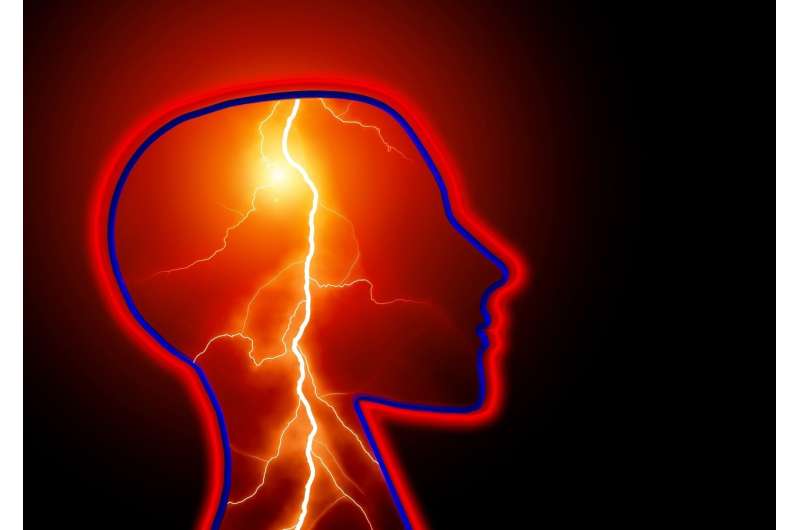New Theory Highlights the Critical Role of Cortex Layer 6b in Attention and Higher Mental Functions

Scientists propose a groundbreaking theory that identifies cortex layer 6b as a key player in attention and advanced mental functions, opening new avenues for understanding cognition and neuropsychiatric disorders.
Recent research has brought to light a previously overlooked part of the mammalian brain: layer 6b of the cerebral cortex. This deep brain layer has been found to play a significant role in regulating brain states associated with wakefulness and attention. Scientists at Humboldt University of Berlin and the Charité University of Medicine in Berlin have developed a novel theory explaining the potential functions of layer 6b in attention, consciousness, and other advanced cognitive processes.
The theory, which is currently available as a preprint and set for publication in the journal Neuron, postulates that neurons within layer 6b integrate internal signals related to arousal and motivation with goal-oriented commands from higher brain regions. These neurons influence reciprocal circuits known as thalamocortical loops, which connect the cortex and the thalamus, thereby orchestrating attentional focus.
Lead researcher Timothy Zolnik explains that their initial work involved exploring this mysterious group of neurons buried deep in the cortex. Their findings revealed that despite comprising a tiny fraction of cortical neurons, layer 6b neurons have a surprisingly powerful influence on brain activity, capable of generating rhythms linked to focused attention.
Inspired by this discovery, the team continued to investigate the contribution of layer 6b to attention mechanisms. Their experiments in mice involved activating these neurons using light and mapping their connections with cutting-edge techniques. The results demonstrated that layer 6b neurons are integral to modulating brain states associated with attention, positioning this layer as a potential 'control center' for high-level cognition.
Zolnik emphasizes that this insight could revolutionize current models of perception and cognition, and provide new understanding of neuropsychiatric disorders where attention is disrupted, such as ADHD and autism. Future research aims to refine this theory through further experiments, including studies on human neurons, to uncover what makes human cognition unique and how layer 6b influences higher mental functions.
This groundbreaking work opens new paths for understanding the neural underpinnings of attention and consciousness, with potential implications for diagnosing and treating cognitive disorders.
Stay Updated with Mia's Feed
Get the latest health & wellness insights delivered straight to your inbox.
Related Articles
Innovative Model Overcomes Challenges in Merging Mismatched Geographic Health Data
A new Bayesian modeling approach developed by researchers at KAUST offers a faster, more accurate way to combine mismatched geographic health and environmental datasets, advancing disease mapping and pollution analysis.
Increased Seizure Risk in Older Adults with Pain and Antidepressant Combo
A new study links the combination of tramadol and certain antidepressants to increased seizure risk in older adults, highlighting the need for careful prescribing practices.
Innovative Hospital-Wide Trial Demonstrates Cost-Effective Method for Comparing Intravenous Fluids
A novel hospital-wide trial comparing IV fluids demonstrates a cost-effective and efficient method for large-scale clinical research, paving the way for quicker, resource-friendly medical studies.
Multilingual Brain and Stroke Recovery: How Speaking Multiple Languages Influences Aphasia Rehabilitation
Discover how speaking multiple languages influences stroke recovery and aphasia rehabilitation. Learn about brain networks, recovery patterns, and the importance of multilingual therapy in this insightful overview.



